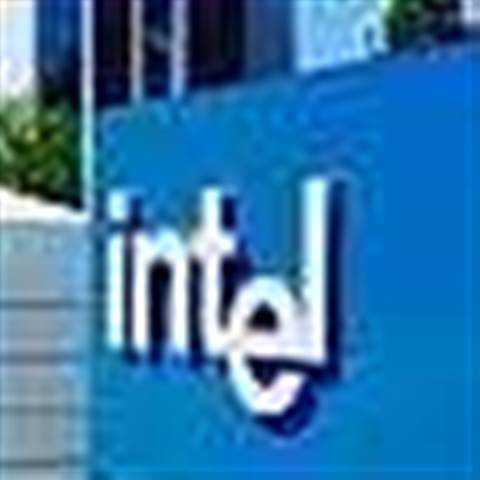Intel is planning to skip the 45nm production process altogether with its forthcoming Poulson Itanium processors, jumping from 65nm to 32nm, the chipmaker revealed.
The move is not the result of Intel's innovative powers. Delays in previous designs have pushed back the entire Itanium roadmap, and the switch allows the Poulson launch to coincide with the availability of 32nm technology.
Pouslon will introduce a new micro-architecture, but Intel has not provided a projected launch date for the chip.
The chip giant's 32nm technology is slated for 2009, and the firm typically debuts new chip technology in less risky consumer models before they are brought to enterprise-class processors. This makes 2010 a likely Poulson launch date.
Intel offered even fewer details about Poulson's replacement, unveiling only its Kittson codename.
The chipmaker has said that it is preparing to ship Montvale, an update to the current dual core Montecito, by the end of this year. A quad-core Itanium is expected by 2008 in the form of Tukwila.
Intel made sure to include a fair amount of marketing-speak in its presentation. The company continues to declare Itanium a huge success, and is just as persistent in refusing to publish unit sales data that could support these claims.
Intel Itanium to skip 45nm
By
Tom Sanders
on Jun 18, 2007 7:02AM

Got a news tip for our journalists? Share it with us anonymously here.
Partner Content

Channel faces AI-fuelled risk as partners lag on data resilience, Dicker Data summit told
_(11).jpg&h=142&w=230&c=1&s=1)
The Compliance Dilemma for Technology Partners: Risk, Revenue, and Reputation

Tech Buying Budgets for SMBs on the Rise

Tech Data: Driving partner success in a digital-first economy

Shure Microsoft Certified Audio for Teams Rooms






.jpg&w=100&c=1&s=0)
_(8).jpg&w=100&c=1&s=0)









